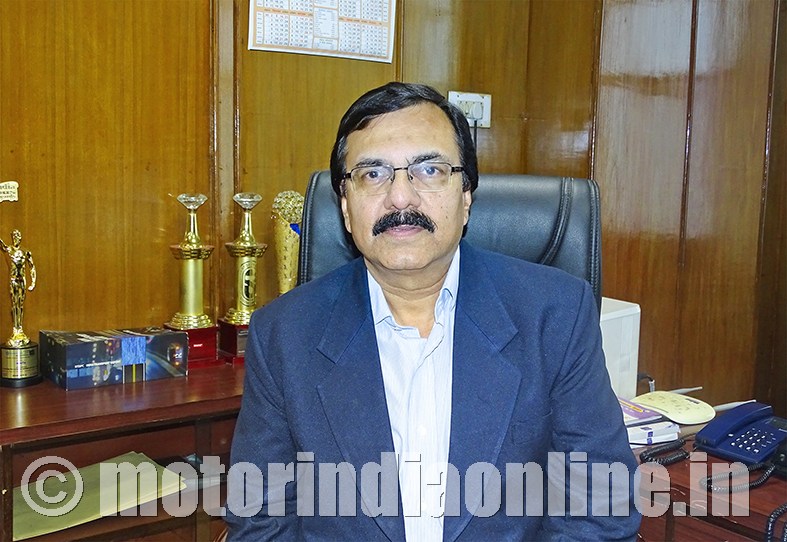HRTC is a trailblazer on my counts among all STUs in the country, from operating buses in most difficult terrain and extreme weather conditions to inducting large number of electric vehicles in its fleet (first to do so), the state-run public transport provider is well-known for its innovative initiatives and operational management. It also has one of the most diverse bus fleet in the country, to cater to wide range of operational routes and commuter demands in its region. Some of its welfare measures and concessions to commuters have set benchmarks for other public transporters in the country to follow.

MOTORINDIA approached the Managing Director of HRTC Dr. Sandeep Bhatnagar, IAS with a set of discussion pointers on the development of bus transportation in the country, its importance in making public transport sustainable, and way and means for STUs to improve their excellence. Excerpts from the interactions are as follows:
Sustainability in Transportation
With the development of urban centers and heavy influx of population of towards towns and cities, the need for a reliable and sustainable mobility solutions is more pronounced than before. As every developmental changes will have their own economic and environmental tradeoffs, long-term benefits of such changes and their outcomes, for both ecology and society, must be considered. As far as transportation is concerned, this attitudinal realization seems very relevant.
As a transport provider, we must stay resolute in finding better and alternative solutions to the existing problems and weaknesses. We at HRTC and the state government is very much aware of the environmental cost that we pay, so we constantly strive to make our operations as sustainable as possible. The electric vehicles are a great step in that direction, we have introduced e-buses and e-taxis in select routes of pristine environment, where conventional transports are either restricted or difficult to ply. Electric vehicles are here to stay, especially with respect to buses, they open new opportunities for mobility in the country.
Importance of Buses
Although many other modes of public transportation like metro rail have their own advantages and efficacies, road transportation, especially buses, have better scope for any operational conditions in general. For instance, road network remains to be the only means of connectivity to almost every pockets of Himachal Pradesh. Buses cater to larger commuters with very minimal operational costs and doesn’t need any massive infrastructural reforms other than fair roads. Connectivity and access to mobility service per se is very critical in mass transportation.
Improving Efficiency of STUs
Every state-run bus corporations work towards better efficiency and improved service. Ours is a welfare state, and so as its very agency, we have a larger mandate of public welfare and work towards social causes. Our ultimate aim is to meet the connectivity and mobility need of all citizens, irrespective of their economic, social, and geographical disadvantage. Our operations cannot be weighed on profit parameters, but weeding out inefficient practices and modernizing ourselves with the help of technology is the need of the hour for STUs.
Support of state and central governments is crucial for the development of public transportation in India. Innovation and better planning is necessary at both levels, at agency level and at central level. For instance, the FAME scheme of central government for EVs is perhaps the initiating opportunity for HRTC to consider the potentialities of inducting electric vehicles, together with the active support of state government in supporting our proposals.
ITS is Future
With the emergence of IT and communication techs, public transportation is undergoing a massive makeover. Apart from vehicle tracking and fleet information systems, activities like passenger ticketing through online and digital means, fleet and resource management, and so on are gradually picking up. At HRTC, we are developing a comprehensive IT interface to connect every integral part of our system – vehicles, depots, workshops, offices, etc. so as to enable passenger-friendly and efficient services. Operating bus fleet as a ‘system’ is crucial in realizing our goals towards improving access and sustainability in transportation.